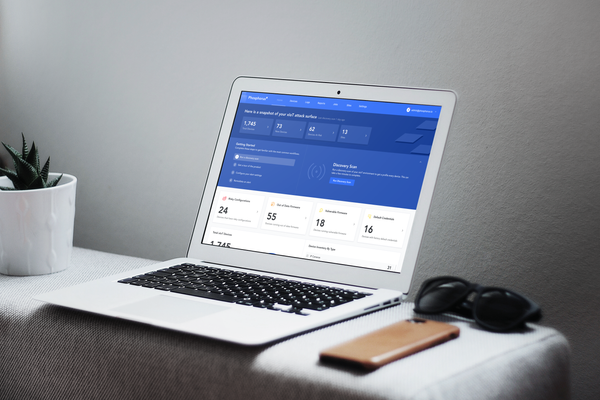
Building Phosphorus to give enterprises full visibility into their xIoT environment
Role: Director, Product Design • Industry: Network / Cybersecurity

Role: Director, Product Design • Industry: Network / Cybersecurity
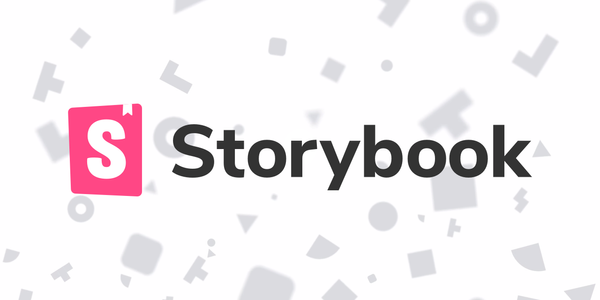
I'm currently exploring options for ways to maintain the Phosphorus design system, which I've been calling 'Mineral'. A team that I worked with a while back were looking at leveraging Storybook at the time but they never fully got around to implementing it. Getting

Design leaders that structure and operate their teams as if they are a centralized, internal consultancy within an agile product organization will rarely make an impact. From my experience, this doesn't work for several reasons, one of them being that it makes it difficult to consistently build the

Role: Lead product designer • Industry: HR / Payroll

Don't specialize early on in your design career. Start broad and learn as much as you can. Be comfortable in every stage of the product dev lifecycle - research, strategy, interaction design, visual design, etc. Learn to understand what steps are necessary for your project and what steps

As designer’s, we put heavy emphasis on designing for experiences that bring both value and delight to our end users. We talk about things like ethical decision-making in design, accessibility and inclusion…all very important topics that need to be discussed. That said, there’s very little discussion around

It goes without saying, proper planning and early team alignment helps to decrease the chances of projects going off the rails. That said, it still amazes me how little time and investment product teams actually put into having proper project kickoffs. By “proper”, I don’t mean a big groupthink

Here’s a list of book recommendations for people who contribute to the creation of digital products and/or services. It spans topics from user research to design to psychology and business and innovation — covering a broad spectrum that I feel can make any design practitioner, design leader or product
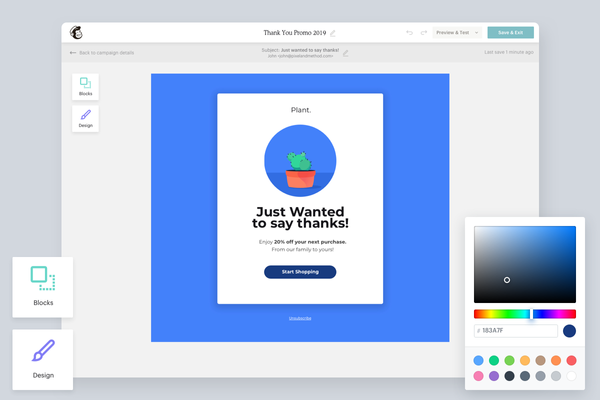
Role: Lead product designer • Industry: Marketing / Small Business

I hear it being thrown around quite a lot these days. Do they really mean “V1”? Here are a few things you should know regarding the concept of the“Minimum Viable Product”: The Lean Startup Eric Ries wrote this book called “The Lean Startup”. The term derived from the idea

Role: Lead Product Designer / Researcher • Industry: Technology
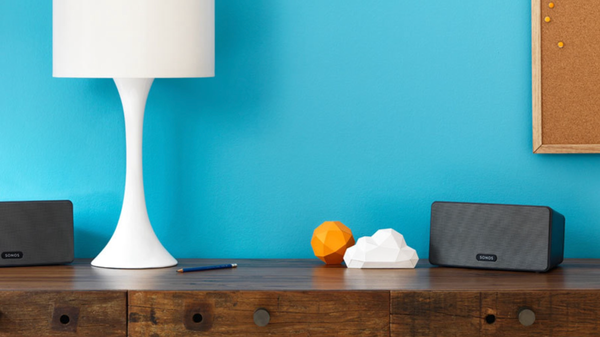
Consumers are arguably the most difficult market to design for. They may not be inherently interested in a certain technology and unlike employees or workers, they have a choice whether or not they’ll use your product or service. Designing digital products for consumers is hard, no doubt. Add a
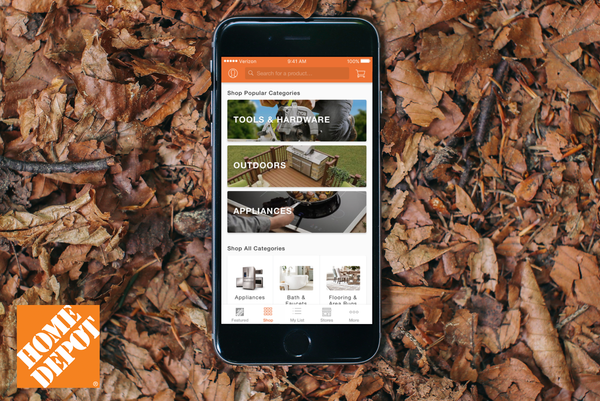
Case Studies
Role: Lead Product Designer / UX Researcher • Industry: Retail

Case Studies
Role: Lead Product Designer • Industry: Technology

Design Ops
How design will play an important role in business transformation It’s no surprise, the user experience design profession is quickly evolving, shifting from a deliverables based entity to a business-oriented function that can provide a strategic differentiation for companies. Beyond the visual layer that design is well known for,
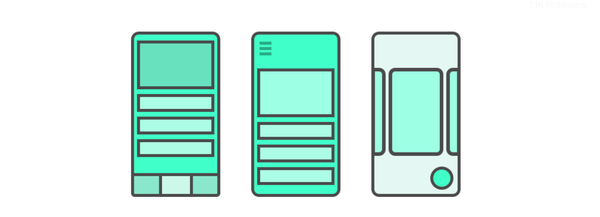
Design Ops
Exploring iterative design over options Very often, I hear designers talk about providing two or three mockups for a client and then ask them to choose their favorite. I totally get that point of view — by providing three varying concepts during the process, you’re letting the client know that

Design Ops
This is an older post (from 2016). A lot of tools have come out since then, such as Figma, that addresses many of these challenges. I will likely create an updated version of this (Figma version!) in the near future but some of these concepts still apply to some extent.

Tech
In order to garner the most value from your tests, what I found is by spending a little time to prepare and plan for not only what you’re testing, but in addition to ‘why’, you’ll come out of each test with the most insight possible. There is not

Tech
I find it fascinating to watch people at all skill levels use technology. And for the sake of this story, by technology I’m mainly referring to web applications. It’s amazing to watch first hand the frustrations, self blame and hatred one can bestow upon any given product while

Product Design
One of the most important aspects of designing thoughtful experiences is talking to your users and understanding their needs and existing problems. This takes an understanding of their context, thought processes, current workflow and intended task at hand or goals. But as a designer, how do you allocate the time

Do you find yourself comparing two design interfaces and coming to a conclusion that one is better than the other based merely on the amount of taps it takes to get the same thing done? Let’s dig into this a little more. The “Three click rule”, though applied to

Product Design
Back when I was in ad school, every Friday our class would critique the work we did for the week. It was more so of a slaughter fest by the professor, really. We’d pin our work up on the wall with a spotlight on each piece. The professor would